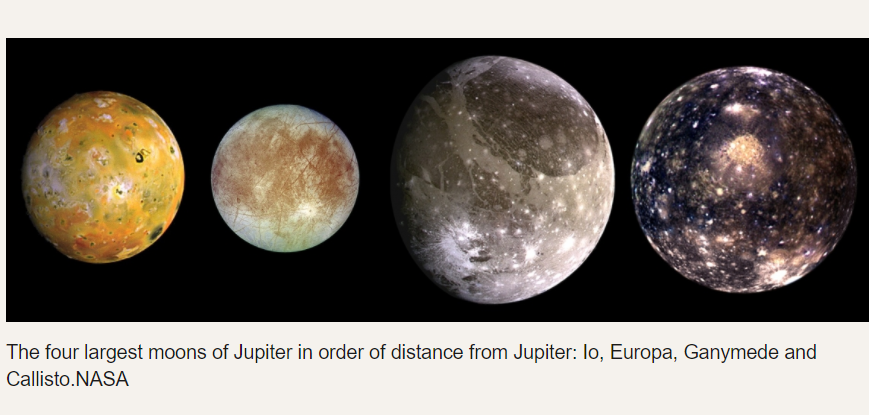
By staring into the hellish landscape of Jupiter’s moon Io – the most volcanically active location in the solar system – Cornell University astronomers have been able to study a fundamental process in planetary formation and evolution: tidal heating.
“Tidal heating plays an important role in the heating and orbital evolution of celestial bodies,” said Alex Hayes, professor of astronomy.
“It provides the warmth necessary to form and sustain subsurface oceans in the moons around giant planets like Jupi...
Read More







Recent Comments